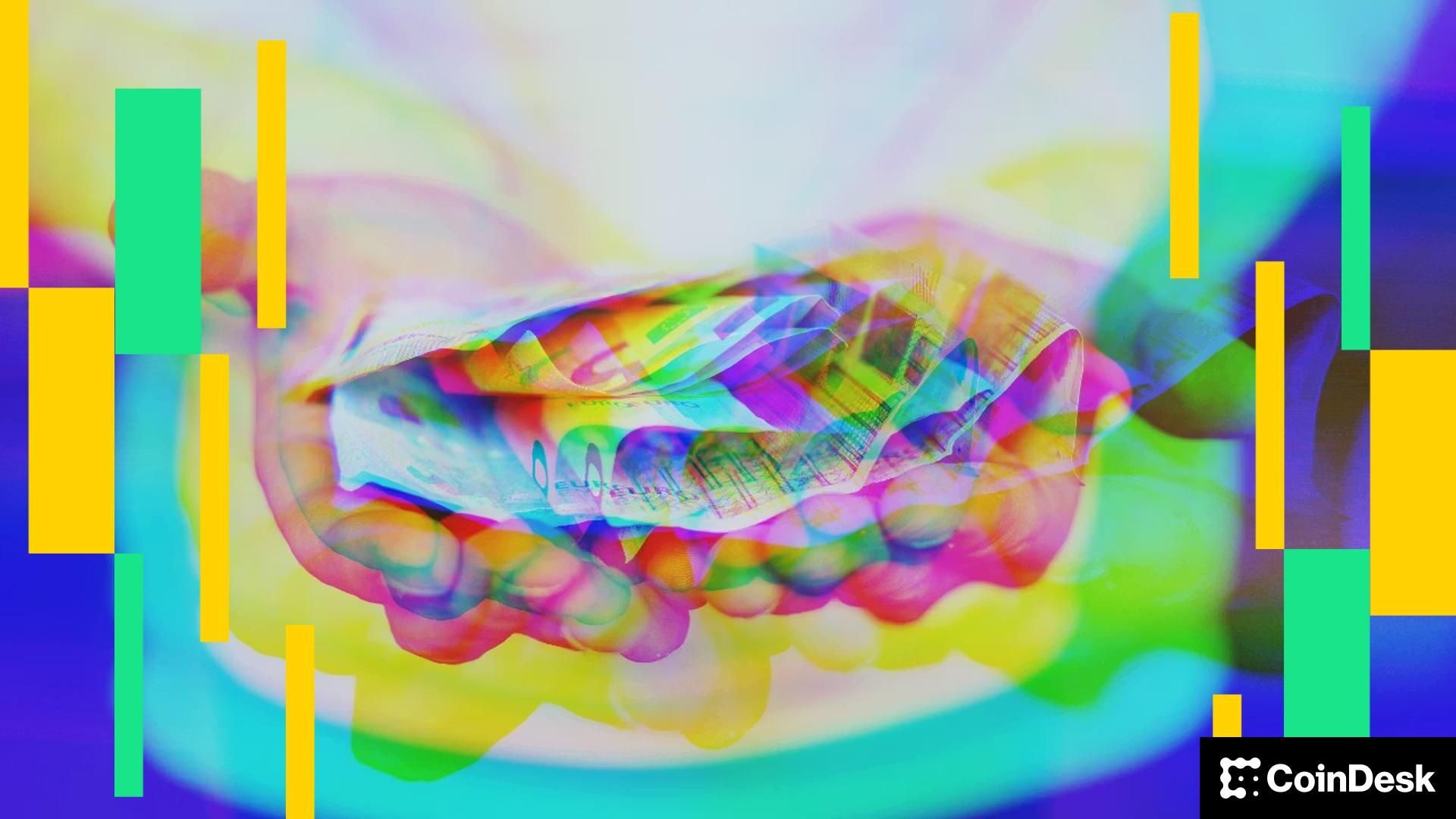Keyrock: Crypto’s Buyback Boom Tests the Industry’s Financial Maturity
Tokenholder payouts have surged more than 400% since 2024, but Keyrock’s Amir Hajian warns that most are still funded by treasuries rather than real revenue, arguing that buybacks must evolve from hype-driven spending to disciplined, valuation-aware capital policy.
By Sam Reynolds|Edited by Omkar Godbole
Updated Oct 23, 2025, 2:31 p.m. Published Oct 23, 2025, 2:00 p.m.

- Token buybacks in crypto are increasingly seen as a signal of maturity, but they risk draining resources needed for growth.
- Protocols are shifting towards models that tie buybacks to market conditions and financial metrics, aiming for sustainability.
- When the signal becomes the stress test, crypto treasuries are learning the art of restraint.
As token buybacks gain popularity in crypto, Amir Hajian, head of research at market making firm Keyrock, warns in a new report that every dollar spent repurchasing tokens is a dollar diverted from growth and innovation, underscoring the hidden opportunity cost behind the show of confidence.
Token buybacks involve blockchain projects repurchasing their own tokens from the open market, similar to stock buybacks. The strategy sucks out circulating supply from the market, creating scarcity and potentially increasing the token’s value to signal confidence to investors.
STORY CONTINUES BELOW
The rise of token buybacks marks a turning point in how crypto defines maturity, Hajian argues in the report shared with CoinDesk, writing that what began as an effort to prove that protocols could return value like companies has become a stress test of their financial realism. The key point is whether protocols can repurchase with the restraint of a central bank rather than the twitchy reflexes of a bull market.
Much of this capital for buybacks comes from treasuries rather than recurring revenue, exposing how quickly the pursuit of legitimacy can drain future runway.

With clearer rules forming in the U.S. for crypto and protocols finally generating consistent fee income, token buybacks have emerged as the preferred way to link revenue to holder value.
Hajian finds that protocol payouts to token holders have risen more than 400% since 2024, hitting nearly $800 million in the third quarter of 2025.
Across 12 revenue-distributing protocols studied, teams returned an average of 64% of total revenue to holders, far higher than traditional DAOs, which reinvest roughly three-quarters of spending into growth and development.
That tilt toward distributions over reinvestment, Hajian writes, has forced protocols to confront the limits of one-time treasury spending. As markets mature and revenues normalize, projects can no longer afford buybacks that treat capital as infinite or timing as irrelevant.
In response, some teams are rethinking how and when value should return to holders, tying repurchases to valuation metrics, cash flow strength, and market conditions rather than fixed percentages.
Hajian points to the rise of trigger-based and options-based models as early signs of this shift, designed to make buybacks counter-cyclical, revenue-sensitive, and sustainable beyond the next bull cycle.
Trigger-based systems tie spending to measurable fundamentals, such as valuation multiples or fully diluted value bands, increasing allocations when tokens look undervalued and scaling them back when prices run hot.
Options-based structures go a step further, allowing protocols to sell covered puts and earn premium income while committing to future buy levels, a design that generates revenue even when no buyback occurs.
Hajian argues that these models together reflect a maturing approach to tokenomics, writing that they are healthy for treasury management as they align buybacks with real market conditions.
The report also warns that execution quality remains an under appreciated risk.
Most projects use taker orders that pull liquidity from thin order books, exaggerating price swings once buying stops. Calibrating buybacks to organic volume and leaning on maker orders, Hajian writes, would allow protocols to add liquidity instead of consuming it.
A protocol should only initiate buybacks once its revenues are recurring, its treasury can cover at least two years of operations, and its valuation multiples suggest that the token is trading below fundamentals, Hajian argues.
Mature projects tend to launch buybacks when financial strength is evident: Revenues are stable, market liquidity is deep, and the protocol’s valuation has reached levels where capital returns make economic sense rather than promotional sense.
In contrast, newer teams often deploy buybacks too early to attract users or attention, mistaking visibility for value. These premature buybacks drain the reserves needed to fund product, growth, and R&D, Hajian writes.
It might just be that the real test is not the presence of a buyback policy but the discipline to wait until the fundamentals justify one. Buybacks aren’t proof of success, but rather they’re a measure of whether crypto can evolve from distributing promise to managing profit.
More For You

Stablecoin payment volumes have grown to $19.4B year-to-date in 2025. OwlTing aims to capture this market by developing payment infrastructure that processes transactions in seconds for fractions of a cent.
More For You
By Omkar Godbole|Edited by Stephen Alpher
12 minutes ago

A bearish bet that bitcoin will fall to $100,000 or less is becoming just as popular as bullish bets on higher prices.
What to know:
- Open interest in the bitcoin options market on Deribit has reached a record high, with a notional value of $50.27 billion.
- The surge in open interest is marked by growing popularity of put options, particularly at the $100,000 strike, indicating active downside hedging by traders.
-
Back to menu
Prices
-
Back to menu
-
Back to menu
Indices -
Back to menu
Research
-
Back to menu
Consensus 2026 -
Back to menu
Sponsored
-
Back to menu
Videos -
Back to menu
-
Back to menu
-
Back to menu
Webinars
Select Language









